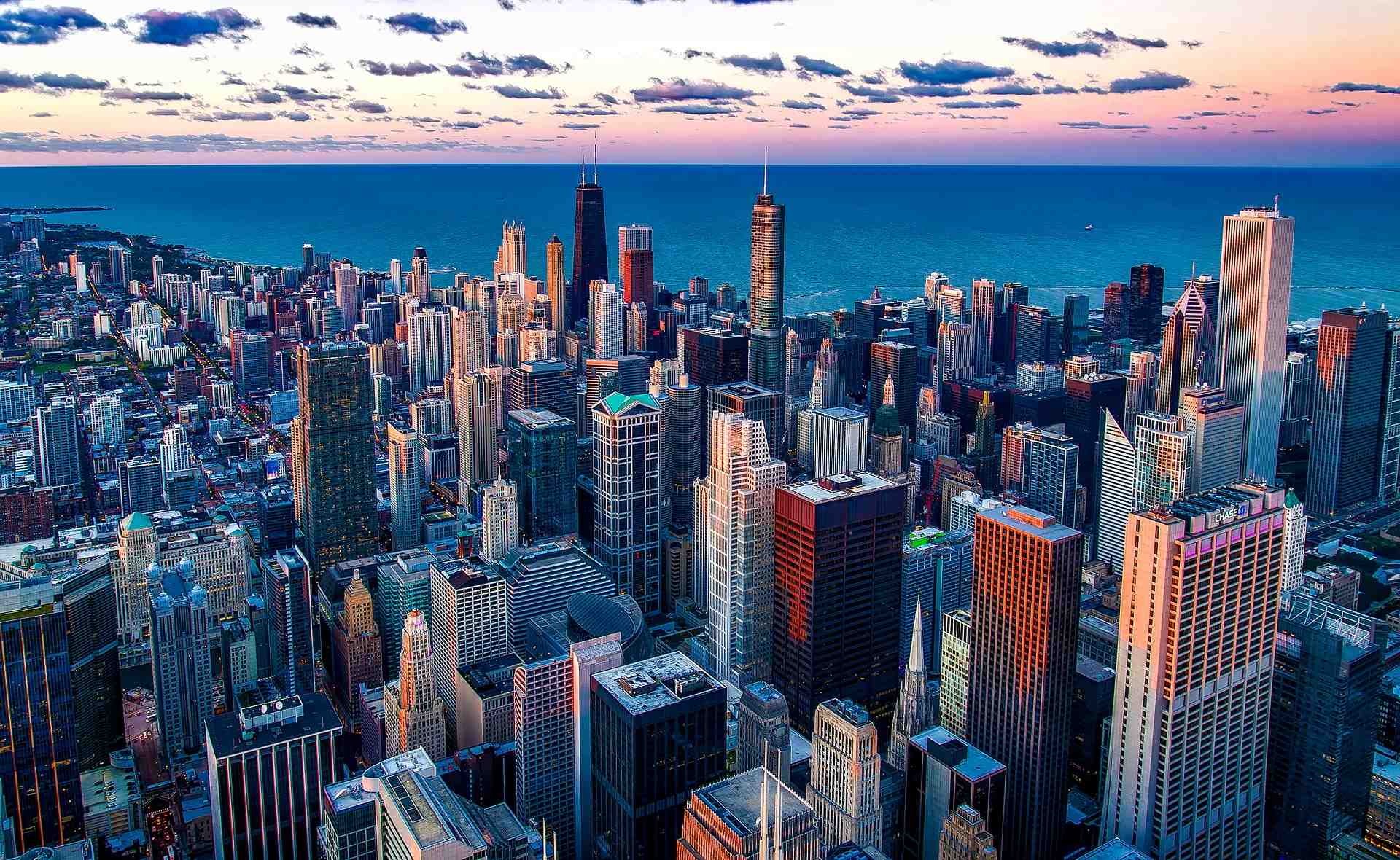How Long Do Pond Liners Last?
Pond liners can last over 30 years if the right material is chosen and installed correctly. A good-quality EPDM pond liner can stick around even longer than that!
PVC
PVC pond liners can be an economical option for smaller ponds. The quality of PVC available on the market can vary massively and also needs to be carefully selected to ensure it is fish/aquatic life safe.
The best quality 0.5mm PVC pond liners can last up to 20 years, as long as they are correctly installed and maintained. It should be noted that PVC is not fully UV resistant, so if the water level in the pond is low and the PVC exposed, this can cause the PVC to become brittle over time. PVC is also quite difficult to repair, so if you get a lot of wildlife coming to the garden that may go into the pond, this can damage the liner and reduce its lifespan.
Rubber Pond Liners
Rubber pond liners can be broken down into two main categories: butyl and EPDM.
Butyl has long been associated with being the best material available for building high-quality ponds. However, it is derived from natural rubber, which has a high price point.
EPDM is the newer, synthetic form of butyl which can be made from recycled rubber. The two most popular brands are Firestone and SealEco (SealEco are also the manufacturers of original butyl pond liners).
EPDM and butyl pond liners have almost identical properties, being stretchy, strong, durable and UV resistant. This means rubber pond liners can last upwards of 30 years. We have examples of EPDM pond liners lasting much longer than this too.
How do I ensure I get the longest life from my pond liner?
There are a few things that you can do to make sure your pond liners last as long as possible, no matter which option you choose.
Installing your pond liner correctly is the first action to take, particularly ensuring you use a good quality pond liner underlay. Underlay should be pond specific and made of a rot proof material to ensure longevity. Underlay protects your pond liner from root and stone puncture that could occur over time as the ground settles or roots grow under your pond.
Make sure your pond liner isn’t taut or tight when installing. It should be loosely laid into the hole created. When you fill the pond with water, this will help to weigh the pond liner down and push it into all the curves of the hole. If your pond liner is already stretched, this additional pressure can cause it to split.
If you get a lot of garden visitors, you may wish to put a mesh over the pond to stop animal and bird claws puncturing the pond liner from above.
Finally, if you get a puncture in your EPDM liner, don’t panic. EPDM pond liner can be repaired with a repair tape and kit – just try to get this done as soon as possible so the hole doesn’t get too big.
